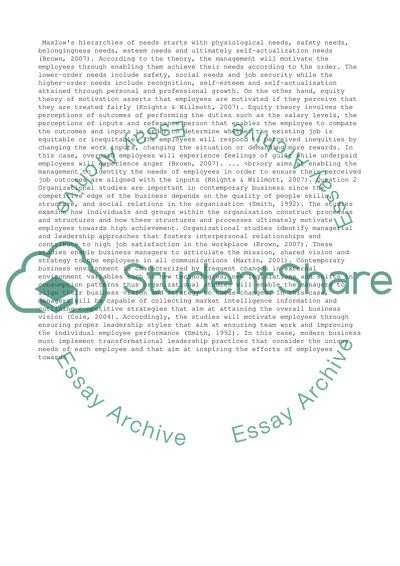Cite this document
(“Comapre and contrast maslow needs hierarchy and equity theory, also Essay”, n.d.)
Retrieved from https://studentshare.org/management/1495091-comapre-and-contrast-maslow-needs-hierarchy-and
Retrieved from https://studentshare.org/management/1495091-comapre-and-contrast-maslow-needs-hierarchy-and
(Comapre and Contrast Maslow Needs Hierarchy and Equity Theory, Also Essay)
https://studentshare.org/management/1495091-comapre-and-contrast-maslow-needs-hierarchy-and.
https://studentshare.org/management/1495091-comapre-and-contrast-maslow-needs-hierarchy-and.
“Comapre and Contrast Maslow Needs Hierarchy and Equity Theory, Also Essay”, n.d. https://studentshare.org/management/1495091-comapre-and-contrast-maslow-needs-hierarchy-and.


